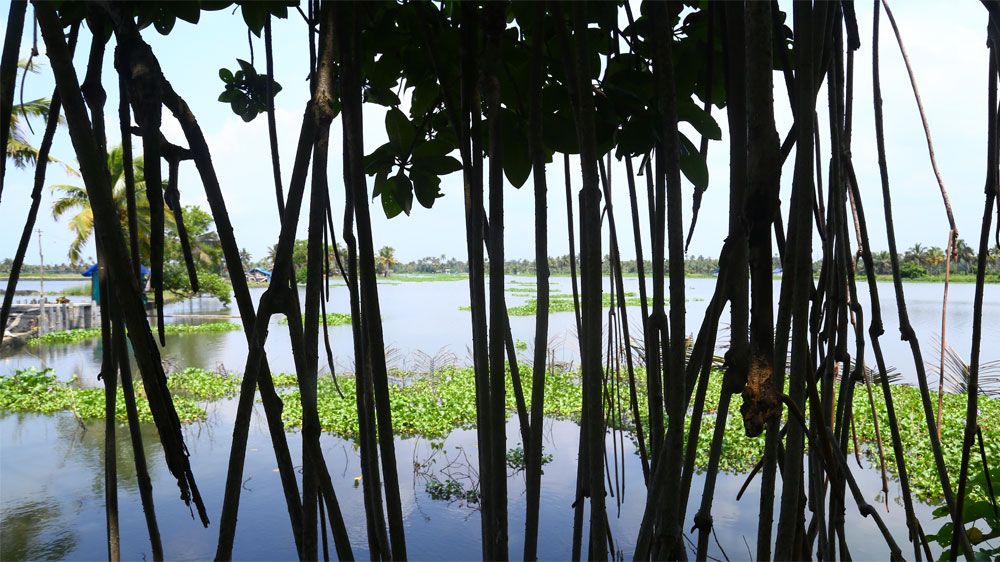
ENVIRONMENTAL IMPACT
Climate Smart Strategy
As an integrated farming method, Pokkali is a climate smart farming method to enhance resilience. The aquaculture rotation of rice and shrimp is a climate smart strategy because it helps cope with increasing impacts of sea level rise and climate variability. The environmental implication is worsened due to the conversion/reclamation real estate projects around the region. To ensure sustained existence of wetlands like Pokkali is to ensure its economic utilisation for livelihood support.
Carbon Sequestration
Another significant aspect of wetlands like Pokkali is its efficiency in carbon sequestration. 13% of the total geographical area of Kerala is coastal wetlands. Research indicates that paddy soil may sequester more soil organic carbon (SOC), than upland soil does. Since most of the vegetative part of the paddy is left in the field to add to the sediment and post-harvest vegetation also to add to the soil sediments, carbon sequestration efficiency would be much more.
The United Nation Framework Convention on Climate Change (UNFCCC) as well as the Kyoto Protocol state clearly that reducing emissions through natural systems is a priority. Wetlands are saline areas and are also efficient at emitting negligible quantities of methane, which is 25 times potent than CO2. Methane production is freshwater systems partially or wholly negates short-term carbon sequestration benefits. Methane production is generally high in brackish and freshwater tidal flats and marshes because of high organic matter. However as salinity increases methane production decreases, all coastal wetlands are long term net sinks for atmospheric CO2.
Elimination of and drainage of coastal peat lands, forested tidal wetlands, tidal freshwater wetlands, salt marsh and mangroves releases large amounts of CO2 into the atmosphere and also causes decreased carbon sequestration. Coastal wetlands and near-shore marine ecosystems also offer a wide range added benefits of increased shoreline protection, nutrient cycling, water quality maintenance, flood control, habitat for birds etc.

